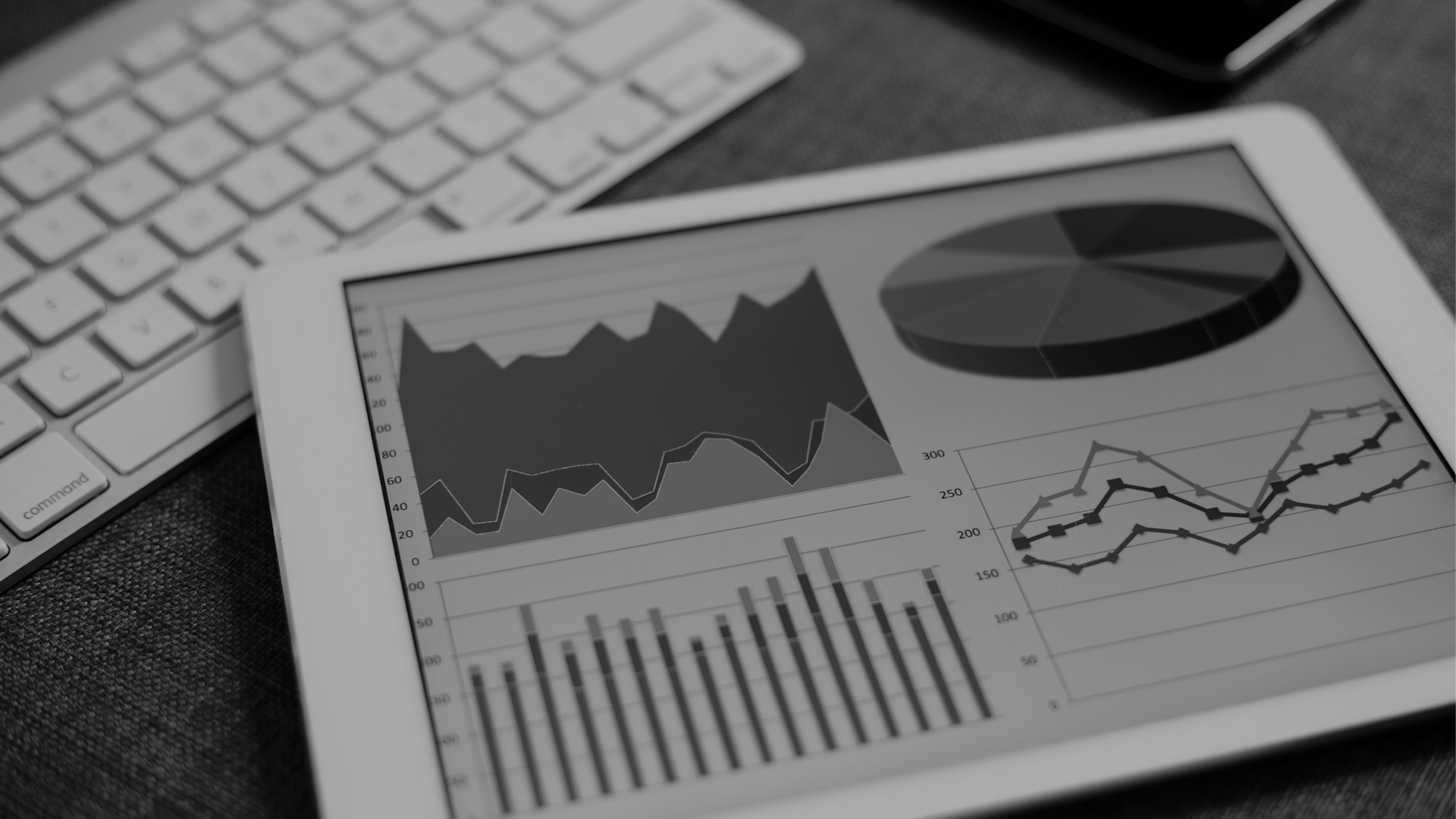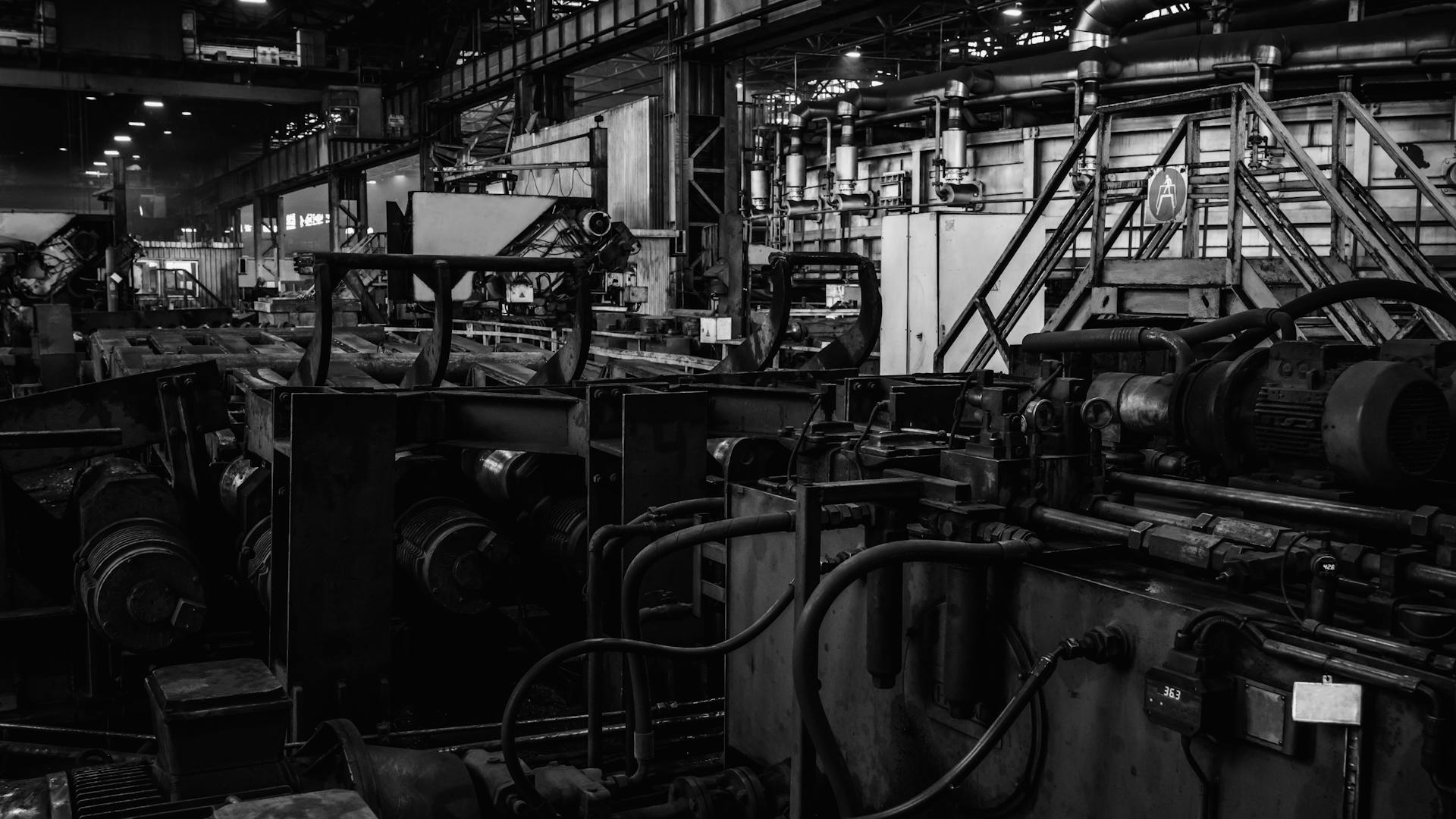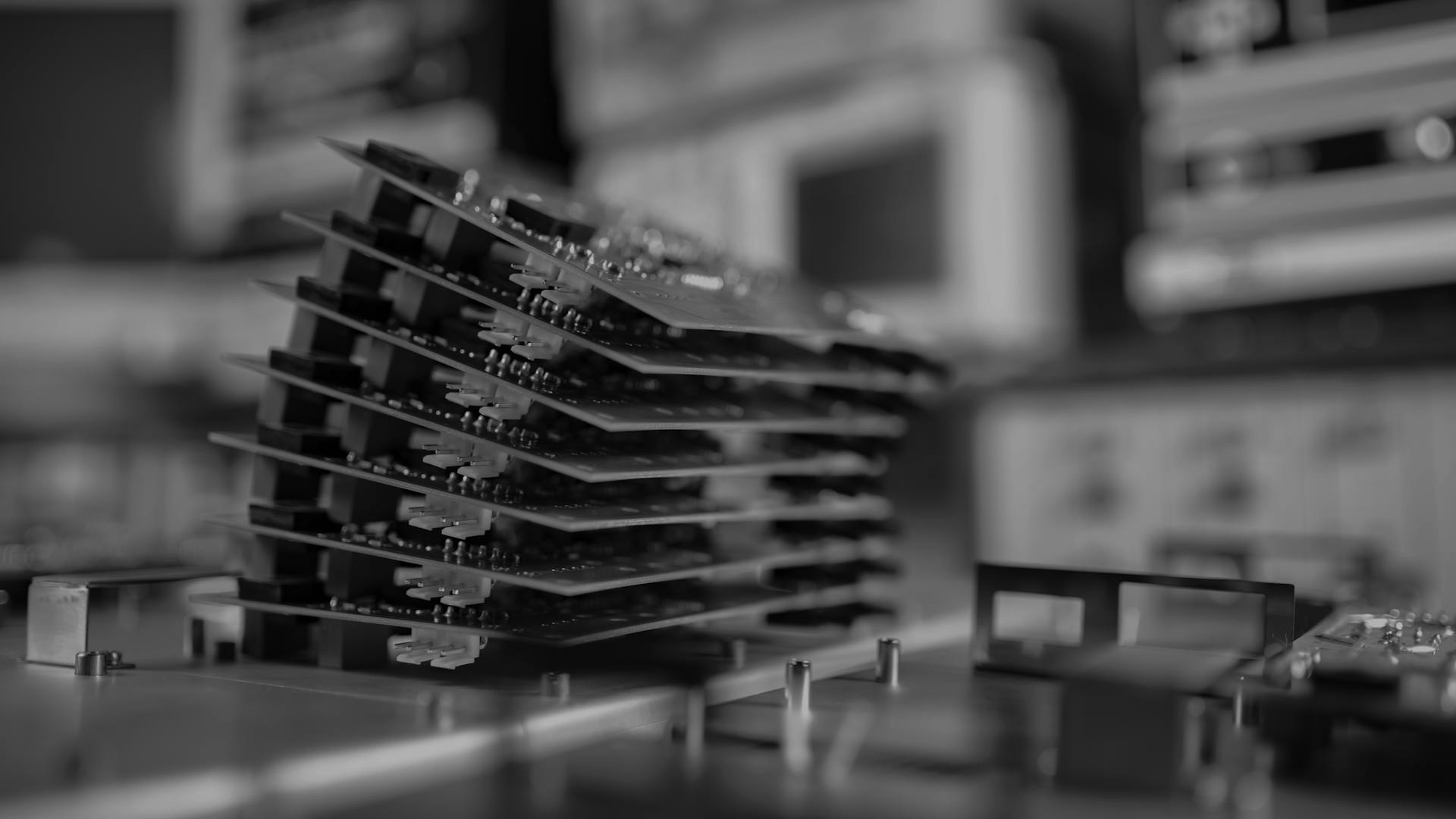Introduction
As energy costs continue to rise, both homeowners and businesses seek ways to trim expenses and reduce their carbon footprints. The Internet of Things (IoT) offers a modern, data-driven path to achieving these goals. By connecting devices such as smart thermostats, lighting systems, and energy monitors, IoT solutions ensure power is used only when and where it’s needed, cutting waste and lowering bills.
Smart Thermostats
Smart thermostats automatically adjust heating and cooling based on occupancy, outdoor weather, and personal preferences. They learn daily routines to conserve energy when people are out and ensure comfort when they return.
- Occupancy Detection: Sensors can lower heat or AC in empty spaces.
- Remote Control: Temperature settings can be tweaked via smartphone apps.
- Usage Insights: Detailed reports show patterns that help optimize savings.
Connected Lighting Systems
Lighting often remains on in unoccupied rooms, driving up utility costs. Connected bulbs and fixtures address this by turning off automatically when no one is around or dimming in response to natural light.
- Motion Sensors: Lights switch on only when someone enters a room.
- Daylight Harvesting: Sensors adjust artificial light to complement natural sunlight.
- Scheduling & Scenes: Timers and presets cater to specific times or events.
Energy Monitors and Analytics
IoT energy monitors track how much power each device or appliance consumes. With real-time usage data, homeowners and facility managers can spot inefficiencies and take quick action to resolve them.
- Appliance-Level Tracking: Identify the biggest energy hogs in your home or office.
- Automated Alerts: Receive notifications when consumption spikes unexpectedly.
- Data-Driven Decisions: Plan upgrades or replacements for outdated, inefficient hardware.
Workplace Applications
Businesses use IoT-enabled systems to manage HVAC, lighting, and equipment on a larger scale. By integrating data from multiple sources, facility managers can optimize entire buildings—reducing energy waste and improving employee comfort.
- Smart Building Management: Centralized dashboards for heating, cooling, and lighting.
- Zone Control: Different departments or floors can have individualized settings.
- Cost Analysis: Detailed usage breakdowns help justify energy-efficient retrofits.
Challenges and Considerations
While IoT solutions deliver substantial savings, they do require reliable internet, upfront investments, and security safeguards to protect sensitive data. Over time, however, reduced energy costs and environmental benefits often outweigh these initial challenges.
Conclusion
IoT-enabled devices are revolutionizing how we use power at home and in the workplace. From smart thermostats that learn daily routines to energy monitors that pinpoint inefficiencies, these solutions help people cut costs and shrink their carbon footprints. As more connected devices become affordable and user-friendly, IoT will play an even bigger role in creating a sustainable, energy-conscious future.




